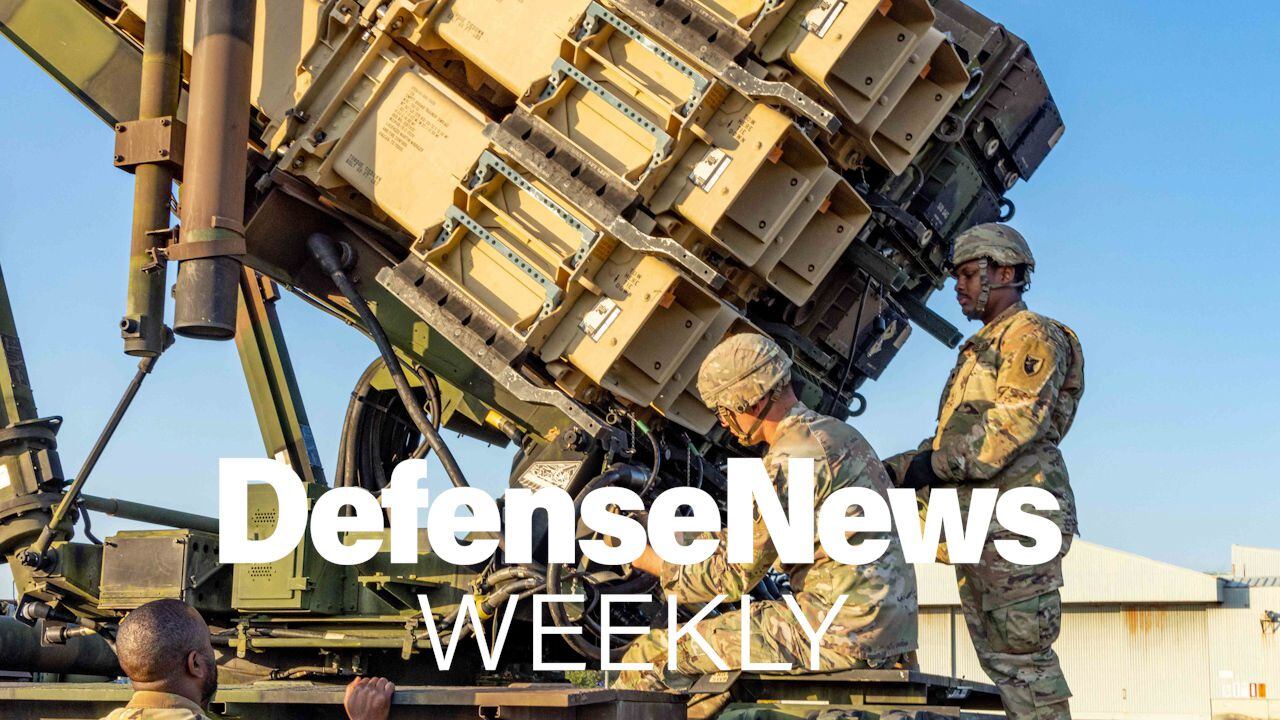The Army's cyber operations are challenged by the amount of data flowing through the network, according to the service's cyber director in the Army's G-3/5/7 branch.
"We are challenged with big data analytics," Brig. Gen. Patricia Frost said at Federal Times' CyberCon conference in Washington on Wednesday. The Army and the other services are working on how to cull through "a tremendous amount of data" in a way that brings appropriate knowledge or information to the decision-makers in the field.
"At echelon, when you talk to our commanders, they are overwhelmed, they rarely feel they [have] the information required to get to the decision," Frost said.
Solutions to understanding the cyber battle space and help process the data could include visualization tools to aid commanders in the electronic warfare spectrum; the ability to pinpoint an adversary, if the adversary can see you in cyberspace; and where one may be denied the ability to operate, she said.
Brig. Gen. Jennifer Buckner, deputy commander of operations at U.S. Cyber Command's Cyber National Mission Force, said the force's relationship with the Defense Innovation Unit Experimental (DIUx) has helped bring some technologies to light that could help offensive and defensive operations in cyberspace, to include better ways to speed through or harvest data and even respond automatically based on data ingested into the system.
The need to process large amounts of data into usable information for commanders is just the "tip of the spear" of cyber operations.
The network itself, Frost noted, is a war fighting platform for the "digitized" military. "If you are denied service on that war fighting platform, portions of what you are trying to achieve as a commander" cannot be accomplished, she said.
"We look at the capabilities needed and so we have to train our forces to understand the war fighting platform defensively, but then what do we actually want to put in the hands of our commanders at echelon that would give them an offensive advantage," Frost said. "I truly believe that our commanders at each echelon need to have capability to visualize this battle space, this [Department of Defense Information Network] DoDIN."
And cyber operators need to see the battle space and how data is moving within that — whether they are sitting in a contingency-operating base or a forward-operating base — in order to shape operations, according to Frost. Then the Army needs to ensure it's providing the right tools to act on the offense within cyberspace when necessary.
On the defensive side of cyber operations, the Army is getting ready to conduct an event it’s calling Hack the Army, recently announced by Army Secretary Eric Fanning, Frost noted.
The concept is similar to the Defense Department’s "bug bounty program" that pays outside hackers to discover and disclose vulnerabilities on DoD networks. Hack the Army will launch at the end of November.
Jen Judson is an award-winning journalist covering land warfare for Defense News. She has also worked for Politico and Inside Defense. She holds a Master of Science degree in journalism from Boston University and a Bachelor of Arts degree from Kenyon College.








